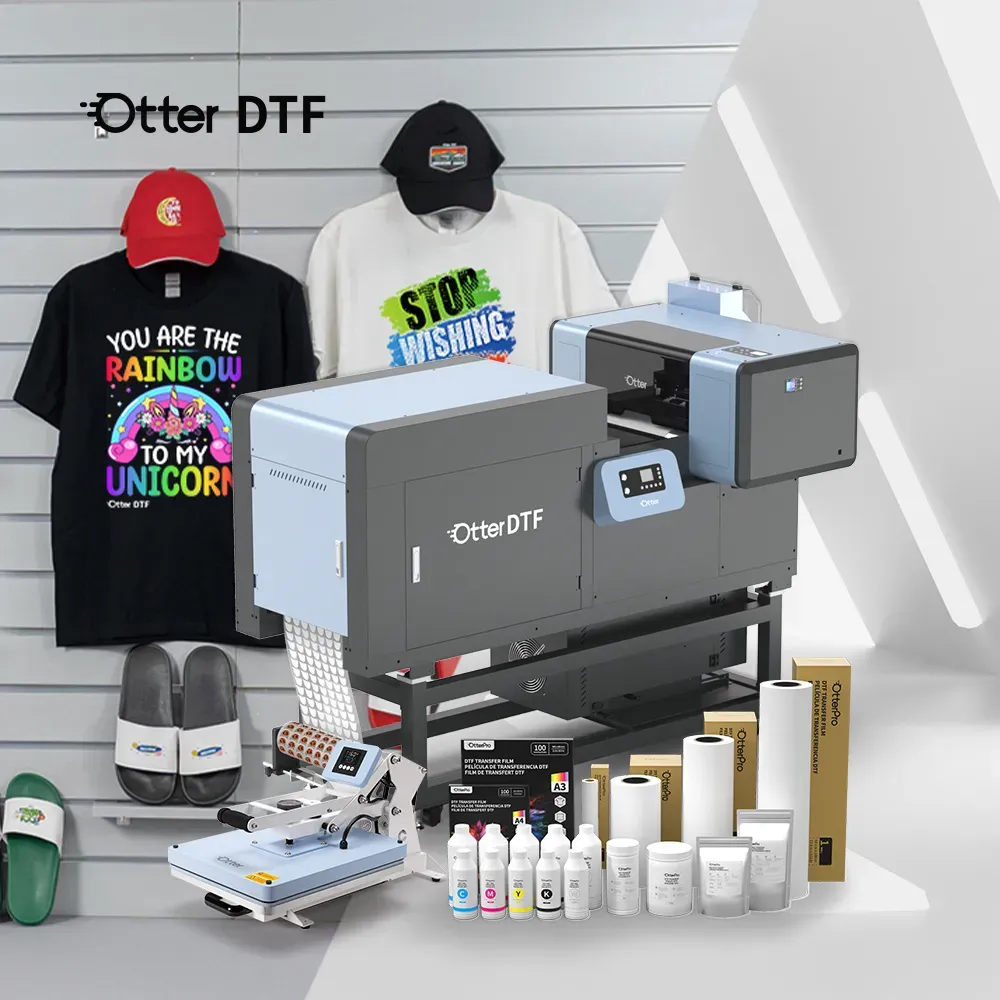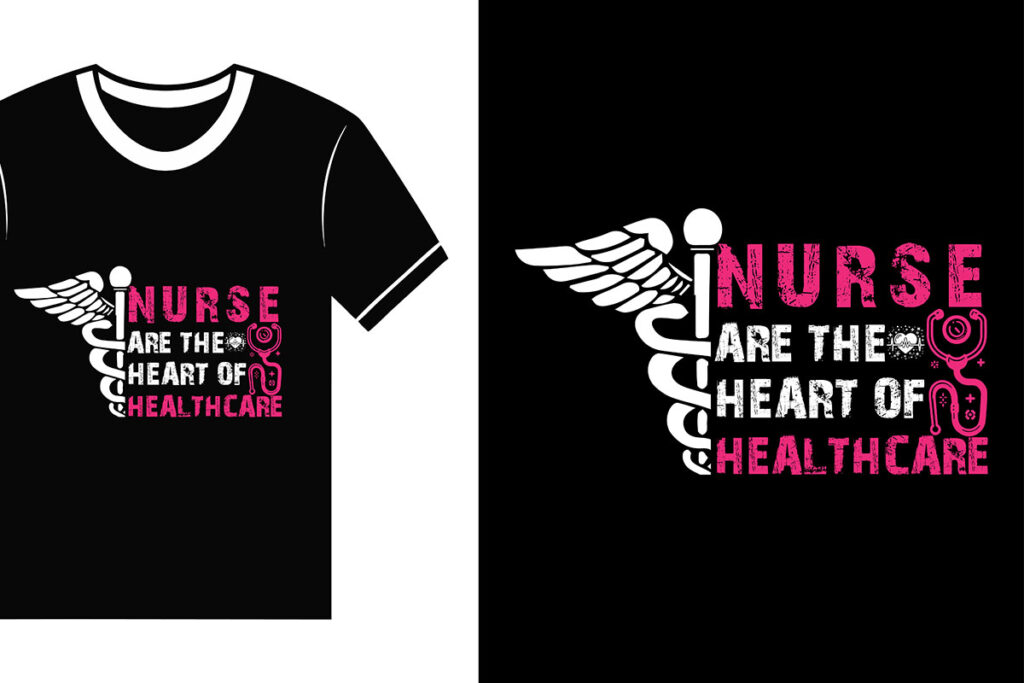DTF supplies for textiles have transformed how brands and creators translate digital designs into vibrant fabric prints, enabling quick iteration, bold color, and durable performance across a range of substrates—from cotton and blends to performance fibers. From fashion lines to home decor collections, DTF printing supplies—from printers and compatible films to inks and powders—empower workflows that deliver consistent color reproduction, crisp edges, and a soft hand-feel that holds up to repeated wear and washing. Choosing the right DTF film for textiles and maintaining calibrated color profiles helps ensure consistent color reproduction across cotton, blends, polyester, and synthetics, while reducing issues like color drift, edge halos, and uneven opacity. This guide outlines a practical workflow, from design and color management to curing and post-press care, and explains how a well-curated set of textile printing supplies can improve wash-fastness, gloss/hand, and overall finish across multiple runs. Whether you’re a boutique studio or a scaling brand, investing in quality workflows and a repeatable process pays off in reliable results, lower downtime, and happier customers.
Beyond the acronym, this technology is often described as direct-to-film transfers for fabrics, a cohesive system of films, inks, and powders that yield vibrant, durable textile applications. From a Latent Semantic Indexing perspective, related concepts include fabric transfer media, digital textile printing media, heat-press compatible films, and pigment or dye-based ink sets, all pointing to the same underlying workflow. Key considerations remain the same: substrate compatibility, color management, adhesion, and post-print care, framed here as practical guidance for consistent outcomes across diverse materials. By exploring these related terms, designers and printers can optimize their content strategy while staying aligned with search intent across related searches.
DTF supplies for textiles: Foundational components and workflow
DTF supplies for textiles form an interconnected ecosystem that starts with a reliable printer and compatible RIP software, but extends through films, inks, and powders. When these components work in harmony, the result is accurate color reproduction, soft hand-feel transfers, and durable finishes that endure washing and wear. Understanding this broader landscape is essential for brands and creators who want consistent outcomes across orders, from apparel to home decor. In practice, this means viewing textile printing supplies as an integrated workflow, not as isolated parts.
Selecting the right mix of DTF printing supplies—printer, DTF film for textiles, inks for fabrics, and adhesive powders—sets the foundation for repeatable results. Regular maintenance, calibrated color profiles, and standardized processes are as important as the hardware itself. By treating the workflow as an ongoing program of calibration, testing, and refinement, you align with best practices for DTF printing and ensure predictable quality across material types and production runs.
DTF film for textiles: Selecting and maximizing image sharpness
DTF film for textiles is the canvas on which your design is rendered. The choice of film—with the right transparency levels and compatibility with your ink system—directly influences edge sharpness, gradient smoothness, and overall opacity on both light and dark fabrics. Films optimized for white ink layering can dramatically improve performance on dark substrates, making film selection a critical step in textile printing supplies.
Maximizing film performance also depends on handling, storage, and process alignment. Keep film flat, protected from dust, and used within recommended shelf life to prevent edge burrs or scuffing that can compromise transfer quality. A small, systematic approach to film testing—edge checks, adhesion tests, and print-through observations—helps you tune settings and establish reliable parameters for various fabric classes.
DTF inks for fabrics: Color, adhesion, and wash durability
DTF inks for fabrics determine how vibrant, durable, and stretch-friendly a transfer will be. The choice between pigment-based and dye-based inks affects color fastness, hand feel, and wash resistance, while adhesive compatibility with the chosen film and powder influences adhesion and texture. When optimizing textile printing supplies, select inks that deliver strong color density without compromising fabric softness, especially for cottons and blends.
Ongoing ink management is essential for consistent results. Monitor viscosity, drying time, and curing conditions, and maintain a clear log of ink lots to trace color shifts or wash-fastness changes. Regular calibration with color targets, along with appropriate heat- and time-related adjustments, helps protect repeatability across batches and ensures that the inks continue to meet your quality standards.
Best practices for DTF printing: Color management, curing, and QA
Best practices for DTF printing revolve around disciplined color management, workflow consistency, and proactive quality assurance. Use ICC profiles tailored to your printer, ink set, and film, and implement a color-managed workflow with soft-proofing and calibrated monitors to reduce color drift. A robust RIP workflow ensures accurate color separation, alignment, and white layer management, making this a central pillar of textile printing supplies.
Quality control and continuous improvement are the backbone of scalable DTF production. Establish a batch- and stage-gate QC checklist, inspect film edges, verify powder coverage, and perform short heat-press tests on swatches. Documenting results, maintaining equipment, and scheduling routine maintenance reduce downtime and help you stay aligned with best practices for DTF printing over time.
Textile printing supplies: Powders, pretreatment, and heat-press parameters
Textile printing supplies extend beyond film and ink to include adhesive powders, pretreatment options, and precise heat-press parameters. The adhesive powder must melt evenly to create a robust bond without ghosting, while pretreatment—when used—should improve adhesion and color density without sacrificing softness. Understanding how different fabrics respond to powders and pretreatment is essential for maintaining consistent results across cottons, blends, and synthetics.
Heat-press settings—temperature, time, and pressure—dramatically shape durability and the final hand-feel of the transfer. Build a small fabric library and test matrix to tailor parameters for each substrate class. A disciplined approach to curing and post-press care helps protect color vibrancy and wash-fastness, ensuring your textile printing supplies yield reliable outcomes across multiple production runs.
A practical workflow for repeatable DTF transfers
A repeatable DTF workflow starts with design and color management, using calibrated monitors, soft-proofing, and RIP profiles that translate accurately to the DTF film. Consider fabric color in the design stage and plan for white ink layering if needed. By embedding color-managed practices into your early design steps, you set the foundation for consistent results and align with best practices for DTF printing from the outset.
Following design, proceed through printing, powdering, curing, heat-press transfer, and post-press care with standardized checks at each stage. Maintain a clean workspace, verify film orientation, ensure even powder coverage, and perform a quick post-press wash-durability test on sample swatches. Document fabric-specific notes and update your process library to sustain predictable outcomes and long-term quality across orders.
Frequently Asked Questions
What are the essential DTF supplies for textiles to start a reliable printing workflow?
Essential DTF supplies for textiles include a compatible DTF printer with RIP software, DTF film for textiles, DTF inks for fabrics, adhesive powder, a heat press, and basic maintenance tools. A simple, repeatable workflow—design, color management, printing, powdering, curing, heat pressing—helps you achieve consistent transfers.
How do DTF inks for fabrics influence color reproduction and wash-fastness on textiles?
DTF inks for fabrics determine color brightness, opacity, and wash-fastness. Choose pigment or dye-based inks appropriate for your fabric, pair with proper film and powder, and use color management and white ink layering on dark substrates to achieve durable, vibrant results.
What are best practices for DTF printing to ensure consistent results across different fabrics?
Best practices for DTF printing include a color-managed workflow with calibrated ICC profiles, consistent powder coverage, controlled heat-press temperature and dwell time, fabric testing, routine equipment maintenance, and quality checks to ensure repeatable results.
How should I choose the right DTF film for textiles to maximize image sharpness and transfer reliability?
When selecting DTF film for textiles, ensure compatibility with your inks and printer, evaluate transparency levels, edge quality, and bonding performance. Test the film with your setup to confirm sharp edges and reliable white layer performance on both light and dark fabrics.
What is a practical workflow for textiles using DTF printing supplies, from design to finish?
A practical workflow proceeds from design and color management to printing with DTF printing supplies, followed by powdering and curing, heat-press transfer onto fabric, and final care instructions and wash tests to verify performance.
What maintenance, storage, and safety steps are recommended for DTF supplies for textiles to extend their life?
Maintain DTF supplies by storing inks and powders sealed and away from moisture, keeping film clean and flat, performing regular print-head maintenance, and following SDS. Establish a routine for calibration, cleaning, and safety to extend equipment life.
| Aspect | Key Points |
|---|---|
| Introduction | DTF supplies for textiles have revolutionized how brands and creators translate digital designs into vibrant, durable fabric prints. With the right DTF supplies for textiles—from printers and films to inks and powders—you can achieve a soft hand-feel, accurate color reproduction, and long-lasting transfers. |
| Scope of DTF supplies | DTF is an ecosystem of components that enables flexible printing on a wide range of fabrics—from cotton and blends to polyester—without extensive pre-treatment. To maximize quality, choose the right combination of DTF printing supplies and follow standardized processes. |
| Printer and software | Reliable DTF printer with compatible RIP software ensures accurate color management, color separation, and alignment. Regular nozzle checks, head maintenance, and calibrated color profiles help match the final design to the original artwork. |
| DTF film for textiles | Transfer film foundations for a crisp image, with sharp edges and smooth gradients. Films vary in transparency and some are optimized for white ink layering; ensure compatibility with inks, printer, and heat-press settings. |
| Inks and powders | DTF inks provide vibrant colors with good adhesion and wash-fastness; ink chemistry (pigment vs. dye) affects color fastness and hand-feel. Adhesive powder creates a uniform transfer; look for good melt characteristics, minimal corona, and low frosting. |
| Pretreatment and fabrics | Many DTF processes avoid heavy pretreatment, but some fabrics benefit from light pretreatment for better adhesion and color density. Test on fabric swatches and maintain a fabric library to tailor settings by material class. |
| Curing and heat pressing | Heat press fuses ink and adhesive into fabric fibers. Temperature, time, and pressure greatly affect durability and appearance. Use precise, consistent parameters to avoid scorching, cracking, or dull colors. |
| Quality control and maintenance | Regularly inspect film edges, clean print heads, and replace aging inks. Calibrate, clean, and inspect routinely to maintain predictable results. |
| A practical workflow | Step 1: Design & color management; Step 2: Printing with DTF supplies; Step 3: Powdering & curing; Step 4: Heat-press transfer; Step 5: Post-press finishing & care. Build a small test library per fabric category. |
| Best practices for fabrics | Establish a fabric testing protocol for cotton, blends, and synthetics. Maintain a library of fabrics and run standardized tests for adhesion, color density, and hand feel; log results to refine profiles. |
| Pre-treatment & fabric prep | Pre-test pretreatment on swatches and document effects on color brilliance and durability. Balance adhesion improvements with softness and breathability. |
| Color management | Regular printer calibration and ICC profiles tailored to printer, ink, and film. Calibrate with targets and adjust tone curves to align prints with the original design. |
| Film & ink compatibility | Use film optimized for your ink system; incompatibilities cause white layer issues, color drift, or poor adhesion. Source components from reputable suppliers with guidance. |
| Quality control & batch consistency | Implement a QC checklist for every batch: inspect edges, verify color density, confirm powder coverage, and perform a small heat-press test. Track batch numbers for traceability. |
| Maintenance, storage, handling | Store inks and powders sealed; keep film flat or upright in clean conditions. Regular head cleaning, nozzle checks, safe handling of powders, and proper ventilation. |
| Cost considerations & supplier choices | Initial investment varies, but long-term per-print costs can be competitive. Consider total cost of ownership and choose suppliers with reliable performance, support, and lead times. |
Summary
DTF supplies for textiles enable a versatile ecosystem for vibrant, durable fabric transfers across cotton, blends, and synthetics. By selecting high-quality DTF film for textiles, reliable inks for fabrics, and supportive workflow practices, brands and makers can achieve consistent color accuracy, wash-fastness, and soft hand-feel. This descriptive overview highlights essential components, practical steps, and best practices that help you scale your textile printing with confidence, delivering compelling results customers will love.



